For her first solo exhibition in Ireland, ‘The Breath From Fertile Grounds’, Otobong Nkanga has bisected the gallery space at Temple Bar Gallery + Studios with a black wrought iron bar, a little over waist-height, which connects two structural pillars. Fixed to the centre of this bar is an unworked rock, on which a few different species of lichen are growing, forming small symbiotic masses on the surface of the stone. This arrangement of industrial and natural material – a deliberately understated intervention in a distinctly sparse exhibition – might, in other hands, have been made to feel jarring, but instead (as with this show more broadly) the effect is of a strangely restorative calm.
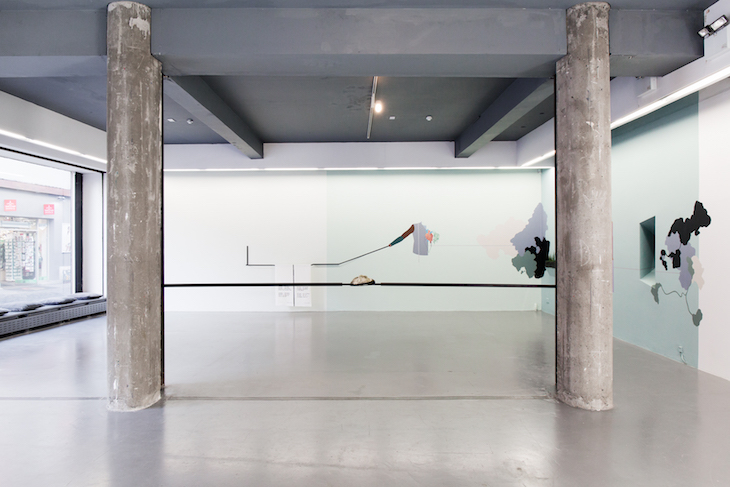
Installation view of ‘The Breath From Fertile Grounds’, by Otobong Nkanga at Temple Bar Gallery + Studios, Dublin Photo: Kasia Kaminska
Mirroring this structure – this dividing line in the middle of the room – is another iron bar, attached to a facing wall, parts of it gently twisted into ornamental curls, on which hang two white linen sheets printed with thick black text – lines of poetry in English (with Irish translation), written in response to the exhibition by the bilingual Irish poet Doireann Ní Ghríofa:
Slender – the metal
slender – the gate
slender – the border
where frost grows late
The wrought iron bar is extended by a stretch of black fabric to a thick black line on the gallery wall. From a distance it seems to merge into one continuous black thread.
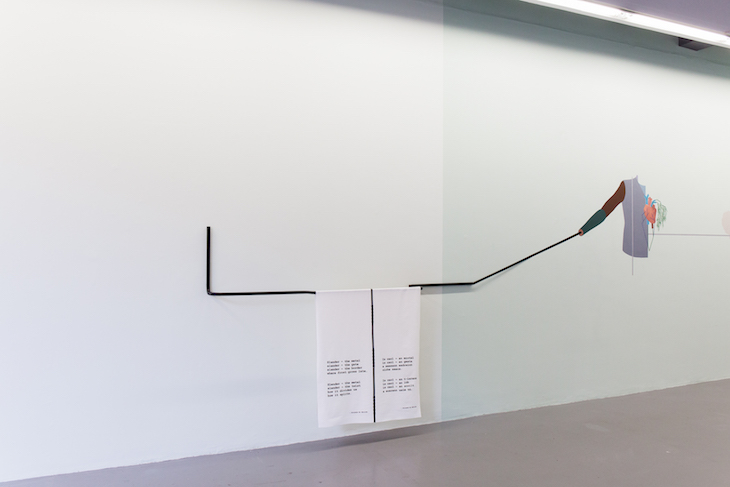
Installation view of ‘The Breath From Fertile Grounds’, by Otobong Nkanga at Temple Bar Gallery + Studios, Dublin Photo: Kasia Kaminska
This painted line leads to, and connects, a stretching sequence of wall paintings: two human torsos (from one a heart has burst, vegetation growing from its ventricles), bookending a series of cloud-like shapes – cream, mauve, fern green, and dense choking black – intersecting like continental territories on a large wall map. This is Ní Ghríofa’s ‘border’, a thick black divider of land masses. Nkanga seems, in this way, to be making a cartographer’s use of the line, a means of plotting abstract coordinates in Cartesian space. In today’s climate, too, the suggestion of a border is a clear invocation of political anxieties.
There is more to this, however, than straightforward geopolitical analogy; there are other ways to think about the line. The arbitrary divisions of the artificial boundary are counteracted, for instance, by the organic interventions in the gallery. The drawn line at one point passes through a planted glass box, fixed to the wall and filled with soil, in which some plants are thriving, others not. (The smaller moss-like species seem to be acclimatising to the gallery conditions; the chives, on a second visit, look notably withered.) The painted torsos, too, are grafted with plant life: a mushroom-like growth or a vivid green tuft of grass.
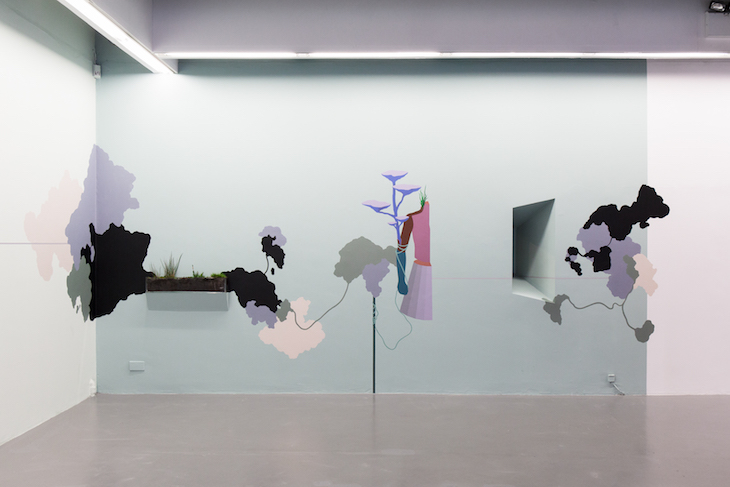
Installation view of ‘The Breath From Fertile Grounds’, by Otobong Nkanga at Temple Bar Gallery + Studios, Dublin Photo: Kasia Kaminska
In another corner of the gallery is a second mounted plant-box, another black iron bar, a lichen-covered staff. On the bar hangs a ream of cotton sheets, also with text printed on the front: lines of poetry by Nkanga. On the wall overhead has been installed a cutting of brickwork with a small wrought iron protrusion. The bricks are feathered with vestigial plant life, tiny stems of nascent organic growth. These have, in fact, been extracted from a site in Dublin, found during a preparatory research trip. ‘The Breath from Fertile Grounds’ is a response to the conditions of the city as it was then encountered: the signs of urban neglect, the Buddleia bushes poking through the brickwork, the air of Dublin’s mild dereliction; but also, conversely, the ways in which natural forms find their way to the surface, creating ecosystems amongst the concrete and stone.
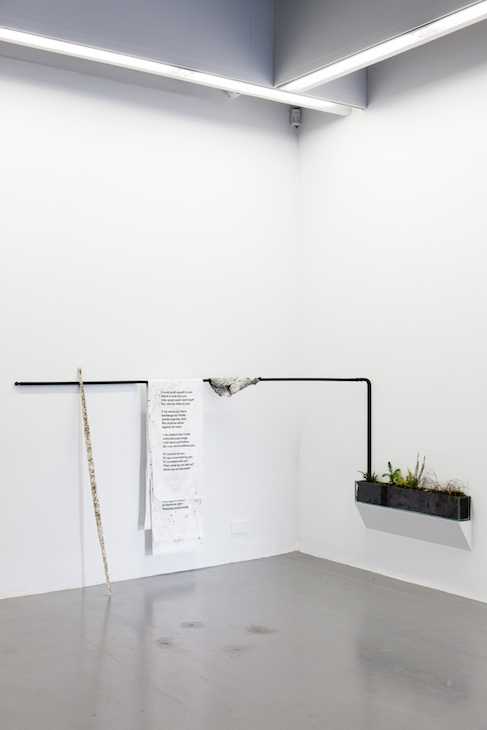
Installation view of ‘The Breath From Fertile Grounds’, by Otobong Nkanga at Temple Bar Gallery + Studios, Dublin Photo: Kasia Kaminska
During that trip, Nkanga also visited the National Botanic Gardens in Glasnevin and the National Museum, where she saw an exhibition of Celtic torcs, noting their gradually-ascending sophistication, the refinement of the technique of the twisting ribbon of gold. For her this represents an antecedent to the delicately-spiralled flourishes of the wrought iron railings that demarcate large swathes of Georgian Dublin, as well as the twists of Nkanga’s metal.
There is a sense, too, in which the artist is querying our notions of the origins (and boundaries) of these materials themselves. For this exhibition, Nkanga, a Nigerian artist responding to an Irish context, is working very much through a postcolonial lens, proposing an approach to materials that does not simply attend to the conditions in which they are processed, but their complex origins, the trade networks through which they have been historically exchanged, distributed, recontextualised. Such an understanding of material histories is at odds with the received archaeological focus upon the histories of technique and fabrication. Instead, Nkanga complicates the division between human ingenuity and the resources it exploits, resisting easy distinctions between the ‘industrial’ and the ‘natural’. Everything, in Nkanga’s view, is derived from the earth: there is a molecular commonality and at the same time an irreducible complexity to the materials with which we live.
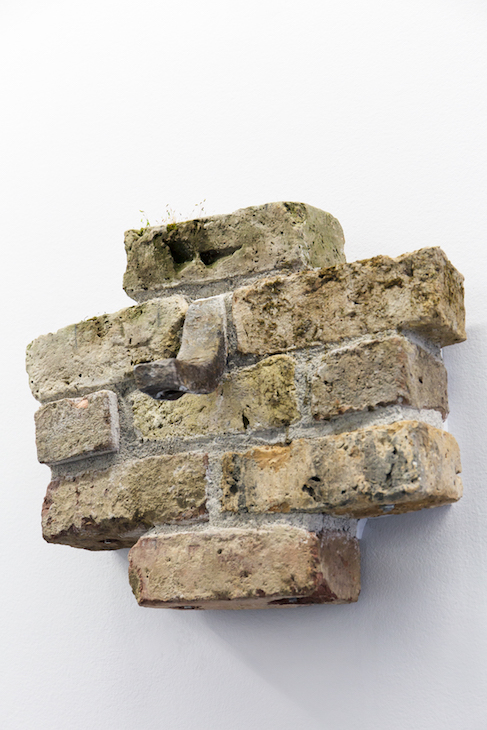
Installation view of ‘The Breath From Fertile Grounds’, by Otobong Nkanga at Temple Bar Gallery + Studios, Dublin Photo: Kasia Kaminska
In this way, Nkanga’s lines might be understood as connectors rather than dividers. This use of the line to create constellations of ideas and terms is a familiar device in her work, something she hints at in the lines of her own poetry printed on the hanging cotton:
If I connect to you
If I am consumed by you
If I crumble with you
Then what do we call us?
what can we become?
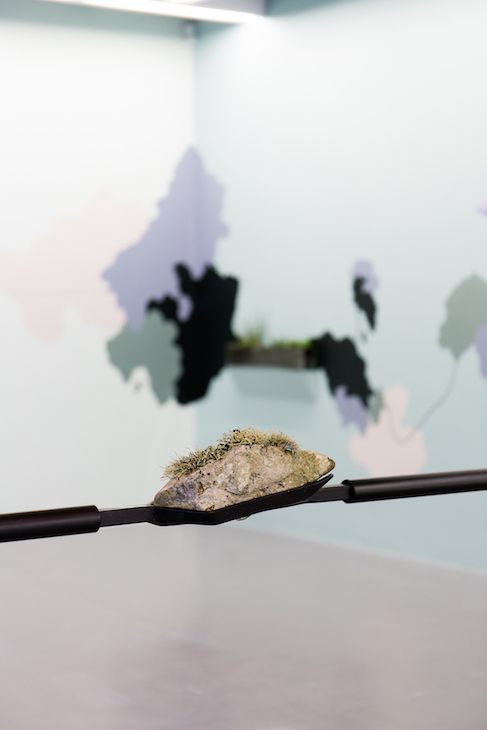
Installation view of ‘The Breath From Fertile Grounds’, by Otobong Nkanga at Temple Bar Gallery + Studios, Dublin Photo: Kasia Kaminska
The two cotton-printed texts, Nkanga’s and Ní Ghríofa’s, are the first of what the publicity blurb suggests will be an accretion of written responses to the show. They are ‘an invitation’ for the emergence of ‘other narratives’. It’s not entirely clear how this invitation has been or will be extended, or what the result might be, or whether there will be a result. The show is low on this kind of exposition, as sparing with explication as it is with material. Nkanga does not seem inclined to explain. Instead, with this restrained assemblage, she reworks recognisable, local elements into a configuration that is compellingly unfamiliar.
‘Otobong Nkanga: The Breath From Fertile Grounds’ is at Temple Bar Gallery + Studios, Dublin, until 10 February.
Unlimited access from just $16 every 3 months
Subscribe to get unlimited and exclusive access to the top art stories, interviews and exhibition reviews.

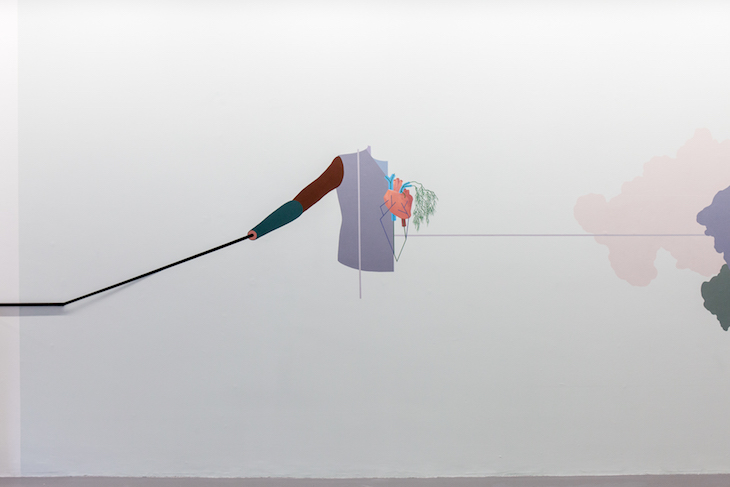
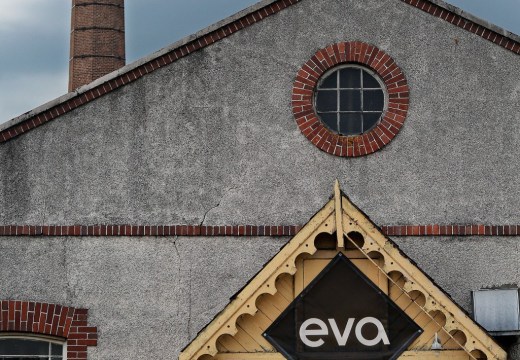
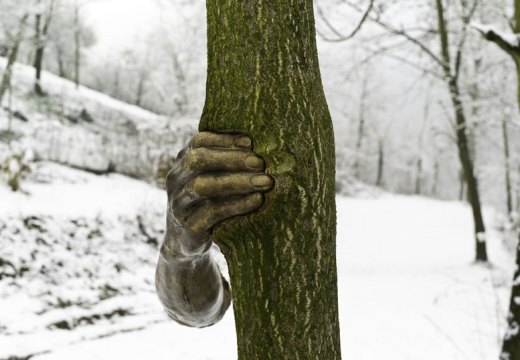
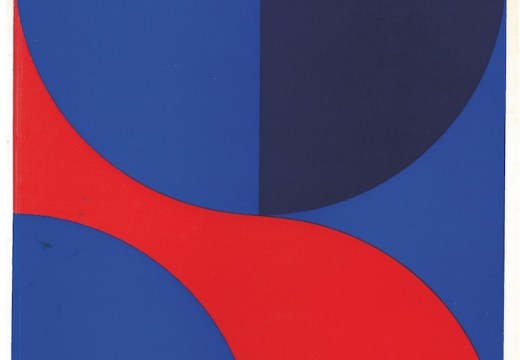









![Masterpiece [Re]discovery 2022. Photo: Ben Fisher Photography, courtesy of Masterpiece London](http://www.apollo-magazine.com/wp-content/uploads/2022/07/MPL2022_4263.jpg)
Why are fathers so absent from art history?